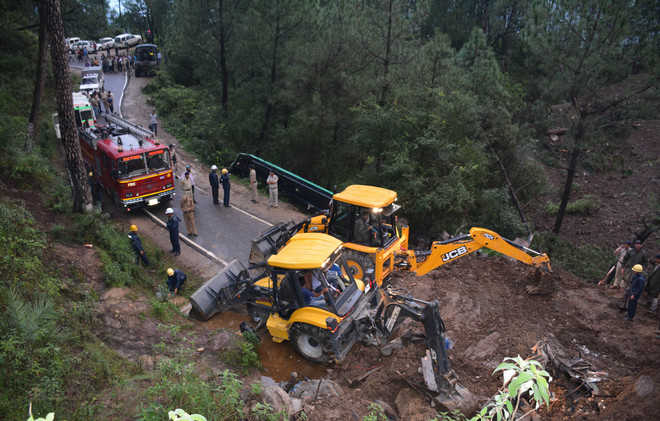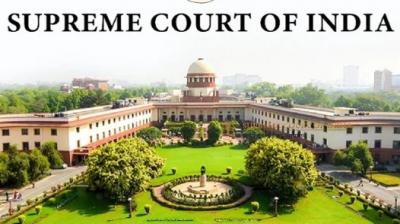
Mandi: Despite a high rate of fatalities by landslides every year, the National Highways Authorities of India (NHAI) and Public Works Department (PWD) have not learnt any lessons. They have not surveyed the high-risk slide zones along the roads.
Mandi: Despite a high rate of fatalities by landslides every year, the National Highways Authorities of India (NHAI) and Public Works Department (PWD) have not learnt any lessons. They have not surveyed the high-risk slide zones along the roads.
All talks of surveying the loose strata and landslide-prone zones have not proceeded beyond the rooms, observed scientists.
They revealed that Kotrupi’s massive hill slide was triggered possibly by the combined effect of the torrential rain on the barren hills that consist of loose sedimentary rocks and the unscientific cutting of the highway on the vulnerable and fragile slope.
It appears that the hill is barren while road is constructed unscientifically below the hill that allows swift flow of surface water to enter the cracks that might have developed in the barren hill over a period of time, said Dr JC Kuniyal, a senior scientist at the GB Pant Institute of the Himalayan Development and Environment, Kullu.
There was no mining activity and no tunneling work in the area around Kotpuri located between Urla and Padhar on the Jogindernagar-Mandi section of the Pathankot-Mandi highway.
Scores of stretches between Jogindernagar-Mandi, Mandi-Manali, Kiratpur-Mandi-Manali, Rampur-Reckong Peo-Kaza and several state highways are prone to landslides during the rains.













